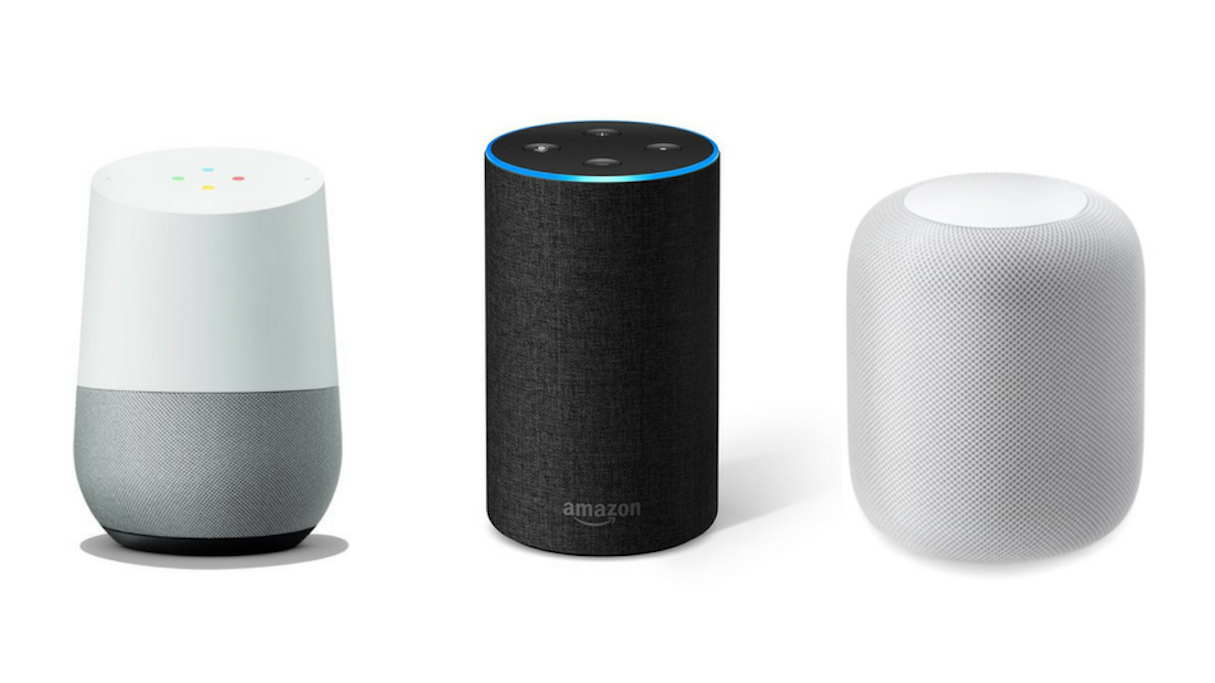There are few industries that change more often and more suddenly than user experience design. Tethered to the ever-expanding digital realm and the unceasing forward march of technology, UX design is constantly being reshaped by new trends, new tech, and new ideas.
Some of these industry swings are merely fads, aesthetic trends that go in and out of style. In just the past few years we’ve seen the improbable comeback of gradients and the resurgence of skeuomorphic design. But some are much deeper, ones that alter the UX discipline permanently.
But what do we classify the UX writer as? It’s a role that’s appearing on more and more job boards, often from trendsetting tech giants like Amazon, Google, and PayPal. What exactly is this new breed of UXer, why are we seeing it now, and is it a fad, or a genuine paradigm shift? And perhaps most importantly, is a UX writer something you should have on your team?
In this article, we’ll look at this new phenomenon, and answer all your questions about UX writing.

You might also like: 10 Accounts to Follow on Instagram for UX & Web Design Inspiration.
What is a UX writer?
In simplest terms, UX writers are responsible for all of the copy and content of a digital experience, both on a micro- and macro-scale. That means they’re not only dictating the broader content strategy of an experience, but also hemming and hawing over the exact phrasing of a certain call-to-action or confirmation email.

Like a conventional UX designer, their responsibilities include extensive user research (to determine the voice, style, and tone that aligns with their target audience) and possibly even usability testing. And like UX designers, they must work cross-functionally, alongside business analysts, developers, marketers, and more.
That’s what separates them from copywriters, or even content writers. Copywriters are often employed in a marketing role—their goal is to promote the product, not make it inherently more usable. Similarly, content writers have different goals, and usually incorporate SEO practices into their writing as well.
UX writers also need to take a data-driven approach to their craft, the same way that designers do. UXers are expected to defend every design choice they make if necessary, preferably with data or research to back it up. For UX writers, every sentence and word choice should be supported—their personal preferences for style or diction are irrelevant.
"UX writers are expected to defend every design choice they make if necessary, preferably with data or research to back it up."
You might also like: Using JQuery Image Zoom and JavaScript Zoom for Product Images on Shopify.
Where did this come from?
So why now? What prompted the sudden demand for user experience writers, and what does it say about the industry as a whole?
While narrative has always been a fundamental element in UX design, we’ve seen its involvement dovetail with the rise of conversational interfaces, and the prevalence of VUIs like Alexa and Siri.

As these AIs become household fixtures, they’ve led designers to prioritize narrative, communication, and humanity in our digital experiences. Making things more conversational, more realistic, more human—that’s the job of a writer, and one that’s fully immersed in the design process.
Parallel to these digital personal assistants is the rising trend of conversational UX design, particularly the chatbot. Already being wielded as a powerful marketing and customer service tool in the retail sector, chatbots are only as good as the content and copy they offer. You need to inject a level of intimacy into what’s essentially a basic AI, and that’s a task that often calls for someone with a specialized skill set.
You need to inject a level of intimacy into what’s essentially a basic AI, and that’s a task that often calls for someone with a specialized skill set.
That’s why we’ve seen industry leaders and trendsetters—especially in ecommerce—start formalizing this role with an official position. Both Amazon and PayPal’s teams include official UX writers. Wix, CarMax, and Google’s Nest are searching as well.
You might also like: UI of the Future: The Basic Principles of Conversational User Interfaces.
Should I hire a UX writer?
According to Jessica Collier, a former member of Evernote’s product design team, the answer is a resounding ‘yes’.
“When no one truly owns the words that make the app work—when front-end engineers and designers and developers and product managers are all inserting language in their own particular style—that product’s voice becomes scattered and its narrative structure fragmented,” says Collier.
She argues that the role of a UX writer isn’t just helpful, but necessary , for a truly robust, comprehensive experience. She recommends creating a style guide, mapping out voice and tone, and even implementing standards for every word choice used in the experience.
, for a truly robust, comprehensive experience. She recommends creating a style guide, mapping out voice and tone, and even implementing standards for every word choice used in the experience.
But just because the need for this role exists, doesn’t necessarily mean you need to hire an official position for it. While the job boards become more and more populated with this listing, the official job of a UX writer is still a nascent one.
"Just because the need for this role exists, doesn’t necessarily mean you need to hire an official position for it."
The job could potentially be absorbed into the expected roles and responsibilities of the UX designer. As more universities and educators offer user experience curriculums, we could see a few courses being dedicated to UX writing.

And we’ve already established UX writing’s ascent is powered by larger shifts in the tech world, particularly conversational interfaces and UI. That means the role’s value could be tied to the widespread acceptance (or rejection) of these new technologies. It sure doesn’t seem like Alexa or Siri are going away anytime soon, but stranger things have happened.
So knowing all sides of the issue, should you hire a UX writer for your team? Below are some questions you should ask to find out the answer.
1. Analyze the skillsets of your current UX team
Because so many UXers are interdisciplinary, it’s possible you have someone on your user experience team that already has the necessary skills to write UX professionally. Perhaps your team already has a designated writer for the experiences they craft, and they’ve simply been operating without the official title.
2. What are the majority of your projects?
If you’re designing mostly marketing websites, most of the content strategy will fall to a copywriter, rather than a UX writer. But if you’re crafting complex experiences, ones with multiple functionalities, then hiring a writer full-time could be prudent to ensure these more intricate platforms remain simple and usable.
3. What are the challenges your clients face?
SJ Culver, the UX writing lead at Coursera and vocal proponent of the discipline, cites a number of common problems plaguing online merchants that can be solved by a dedicated writer. From their excellent piece on UX writing, these challenges include:
- Shoppers not understanding checkout flow or your value proposition
- Scattered product voice or branding
- A constant struggle of what to say above-the-fold
- Uneffective email marketing
If these sound like your clients, a UX writer could be just the fix you’re looking for.
The pen is mightier than the sword
For now, all signs point to a UX writing role cementing itself as a mainstay of the design industry. Its importance is bolstered by the rise of conversational, fundamentally narrative interfaces, as well as new AI technologies. Coupled with major players formalizing the role with an official job position, it doesn’t seem like UX writing will be going away anytime soon.
But whether you need to hire one still depends on the specific needs and characteristics of your agency. But whether it’s an official title or not, it’s still advisable to have a single UX designer oversee all of the copy and content in the experience.
Read more
- Shopify's Mobile Device Testing Lab Gets Wheels
- What to Consider When Planning a Website Redesign
- Content Strategy: The Principles we Followed to Build the New Shopify App CLI
- 5 Common Digital Content Problems and How to Avoid Them
- Typography in UI Design
- Selling a UX Design Process That Ensures Results
- The Pivotal Role of User Experience Design in Brand Building
- Task Modeling User Needs for Ecommerce Design
- 10 Ways to Improve User Engagement for Your App This Valentine's Day
- How To Harness The Power of Process Mapping
Does your agency have a UX writer on staff? Who writes the content and copy for the platforms you craft? Tell us about it in the comments section below!

